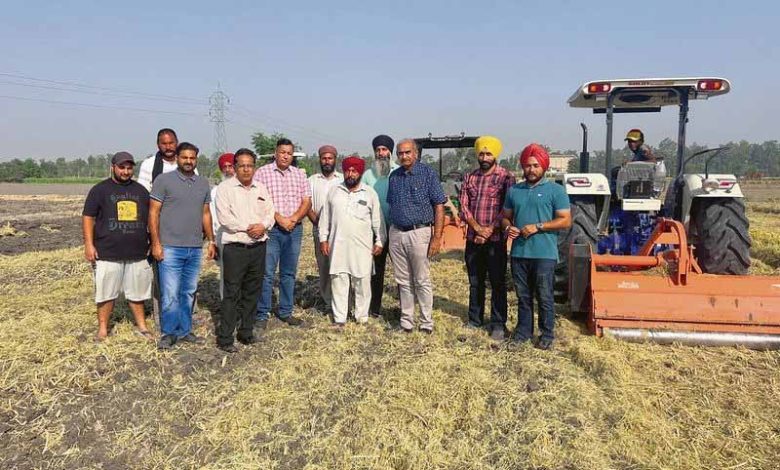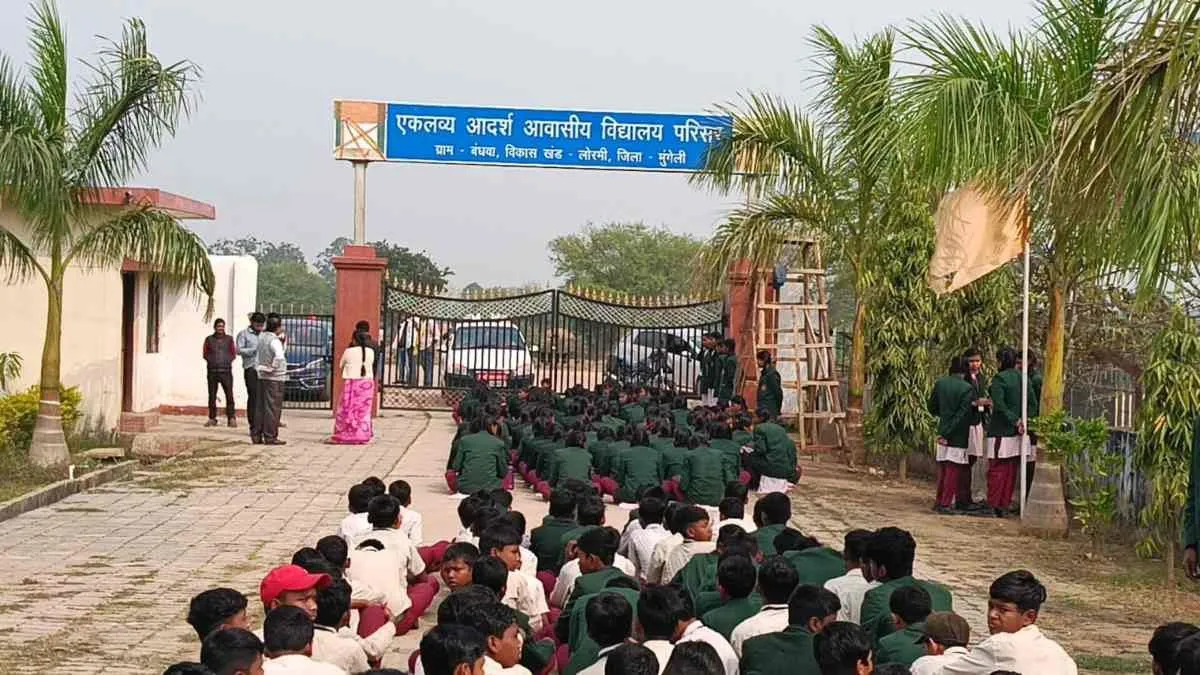Punjab: Farmers turn inspirational, lead fight against farm fires

Punjab: More than any environmentalist, farmers have become the biggest motivators for their community and are inspiring them to give up the practice of stubble burning. Sarwan Singh of Nasirwal village in Sultanpur Lodhi is going around villages in Kapurthala district, telling farmers about the benefits of using a combination of plough, rotavator and mulcher machines for managing paddy stubble. “The officials of the agriculture department and Punjab Agricultural University have scheduled seminars and demonstrations for me. It has been 10-12 years since I stopped stubble burning in my fields. Now, about 95 per cent of the farmers in my area, most of whom follow the three-crop system of paddy-potato-maize, are using the in-site technology and getting increased potato yield, ranging from 80 to 100 quintals/acre. Fertiliser requirement has also almost halved,” says the farmer, who grows paddy on 100 acres. There are many farmers like Gurnam Singh Mutti and Hardev Singh in Kapurthala, whose fields are used by the agriculture department and PAU teams as demonstration sites. There are many options available in the region for farmers who prefer ex-situ management. Rana Inder Pratap, MD of Rana Sugar Mills and MLA from Sultanpur Lodhi, says they are telling farmers not to burn stubble and instead take the services of baler operators. “We have tied up with people who have 125-150 balers in the region. They lift 20,000 tonnes of paddy stubble from around 1 lakh acres every year. We have built stockyards for paddy stubble around our two sugar mill units at Baba Bakala and Tarn Taran. Both our mills use paddy stubble for fuel in boilers,” he said. Similarly, farmers in Nakodar also have the option of ex-situ management of paddy stubble. Around 80,000 tonnes of stubble from 40 villages in the area is dumped at a 6 MW private power plant here in Bir Pind. “People running baler machines in Nakodar, Mehatpur, Nurmahal and even Shahkot areas are bringing stubble to the plant. The plant also uses wheat and maize straw as raw material. The plant has been operational for the last 12-13 years and has been a highly profitable asset for the owner. There is hardly any farmer in our area who sets fire to fields. I have urged the administration to issue a strict warning to those indulging in such an act this time so that this problem can be completely eradicated,” said Indrajit Kaur Mann, MLA from Nakodar and a farmer herself. Administrative officials are also on alert. A complete roadmap has been prepared to prevent incidents of farm fires in Hoshiarpur, where 118 incidents of fire were reported last year. “We will control 50 per cent of the stubble through in-situ measures. “Around Rs 25 per straw will be given to the Gujjar community, who use it as cattle feed. For the remaining 25 per cent of the straw, we have tied up with the industry to use it as fuel in the district as well as in the neighbouring areas of Himachal. We also have a paddy husk unit in Hoshiarpur, which uses 10,000 tonnes of straw,” said Komal Mittal, deputy commissioner of Hoshiarpur.





